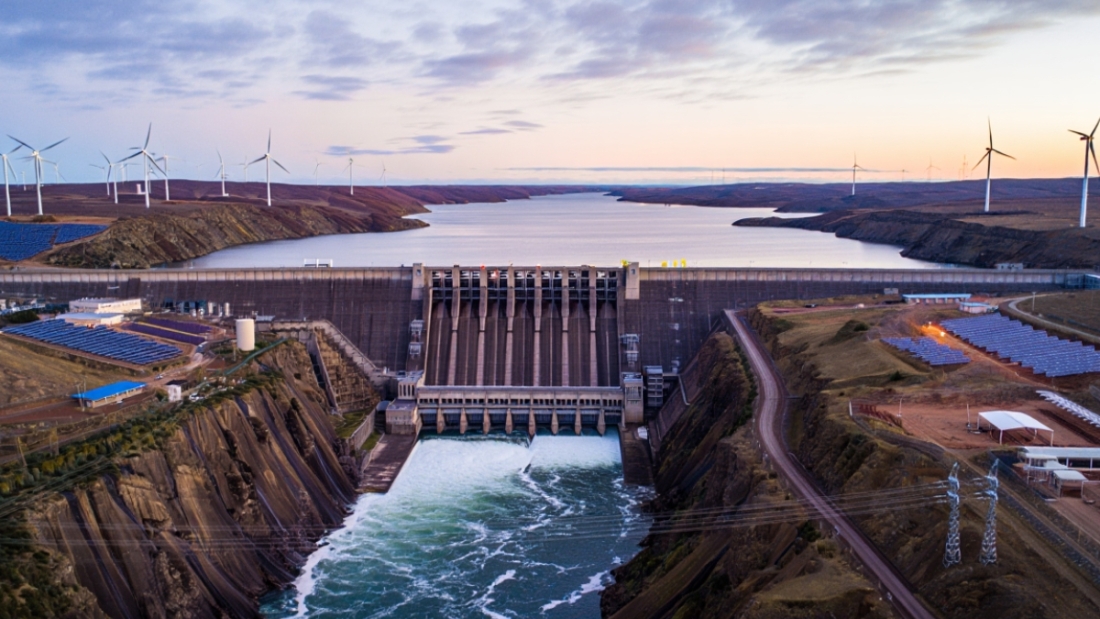The Billion-Dollar Blind Spot
The United States has more than 90,000 dams. The average age? 50 years.
Roughly 15% about 13,500 structures, are classified as structurally deficient. Many were built before modern safety and efficiency standards, and far before the computational tools we now use to optimize hydraulic systems.
These dams already exist, already hold back water, and in many cases already generate electricity. Yet in an era when AI, EVs, and electrification are creating unprecedented demand for clean, reliable power, much of this infrastructure is underperforming or not generating power at all.
Building new generation capacity often takes 10–15 years from planning to commissioning. Modernizing existing dams, on the other hand, can be done in months, often during scheduled maintenance cycles. The result? Potentially hundreds of billions of dollars in extra clean energy hiding in plain sight.
Went down a dam modernization rabbit hole last night, the algo might not care but idgaf.
— Daniel Calabro (@DFC369) August 8, 2025
TLDR: I think the US is sitting on hundreds of billions $ ($745B over 30 years, math below) in untapped hydro energy potential.
One of AI’s biggest bottlenecks in the west is going to be… pic.twitter.com/NyMYoQeqXF
Efficiency Measures: Beyond the Usual Upgrades
1. Runner & Flow-Path Upgrades
What: Replace or re-profile turbine runners, wicket gates, and stay vanes.
Why: Modern CFD design and advanced materials reduce turbulence and cavitation.
Documented gains: 1–3% typical; up to 5% in specific cases.
2. Draft Tube Optimization
What: Redesign or modify draft tubes to better recover kinetic energy from water leaving the runner.
Why: Reduces tailwater losses and increases effective head.
Documented gains: 0.5–2% typical; lab results up to 6% with vortex generators.
3. Ejector-Augmented Draft Tubes (Innovative)
What: Use a small bypass of high-head water to create a jet pump effect at the draft tube outlet.
Why: Lowers tailwater pressure, increasing net head without major excavation.
Estimated gains: 1–3%, site-dependent.
4. Air-Lubricated Penstocks
What: Inject microbubbles or apply riblet-pattern liners inside penstocks.
Why: Reduces wall friction, delivering more head to the turbine.
Estimated gains: ~1% at the plant level for typical sites.
5. Surface & Lining Improvements
What: Apply modern epoxy or polyurethane coatings to penstocks, vanes, and gates.
Why: Reduces surface roughness and corrosion.
Documented gains: 0.5–1%.
6. Variable-Speed & Flow Control
What: Add variable-speed generators or adjustable-pitch runner blades.
Why: Keeps turbines near their best efficiency point year-round.
Documented gains: 1–2% annual average.
7. Hydraulic “Diode” Flood Basins (Innovative)
What: Off-channel basins with one-way inlets that capture floodwater and release it later through turbines.
Why: Turns wasted flood surges into dispatchable power.
Potential gains: Highly site-specific but can significantly boost annual MWh.
8. Sediment Management Upgrades
What: Improved sluicing and dredging to maintain reservoir capacity.
Why: Preserves head by preventing sediment buildup that raises tailwater levels.
Long-term gains: Maintains original design efficiency and capacity.
9. Evaporation Reduction
What: Floating solar arrays, windbreaks, or thin surface films.
Why: Keeps more water in the reservoir, preserving seasonal head.
Side benefit: Floating solar produces additional energy.
10. Operational Optimization
What: AI-assisted dispatch and unit commitment to keep turbines at peak efficiency.
Why: Maximizes both energy yield and revenue by timing generation to peak-price periods.
Documented gains: 1–2% average revenue improvement.
From Percentages to Dollars: The Math
Let’s use a 6% base-case (supported by modernization studies) for a 100 MW plant:
Per dam:
Annual baseline output: 438,000 MWh
Extra at 6% gain: 26,280 MWh/year
Value @ $60/MWh: $1.58M/year
Over 15 years: $23.7M
All 13,500 structurally deficient dams:
Annual gain: 354.8 TWh (~8% of total U.S. electricity generation)
Annual value: $21.29B
15-year value: $319B
Why This Matters Now
Speed: Retrofits can be completed during scheduled overhauls no decade-long waits.
Safety: Modernization improves structural integrity and spillway capacity.
Grid relief: Adds dispatchable clean capacity exactly when AI, EV, and electrification are accelerating demand curves.
Climate impact: Every extra MWh from hydro displaces fossil generation.
America’s dams are one of our most underutilized clean energy assets. By applying proven modernization techniques and piloting innovative ones we can unlock hundreds of billions of dollars in additional electricity, strengthen infrastructure safety, and meet growing grid demand without building new dams.
The opportunity is massive. The water is already there. The physics is already proven. All that’s left is to turn the wrench.



Leave A Comment